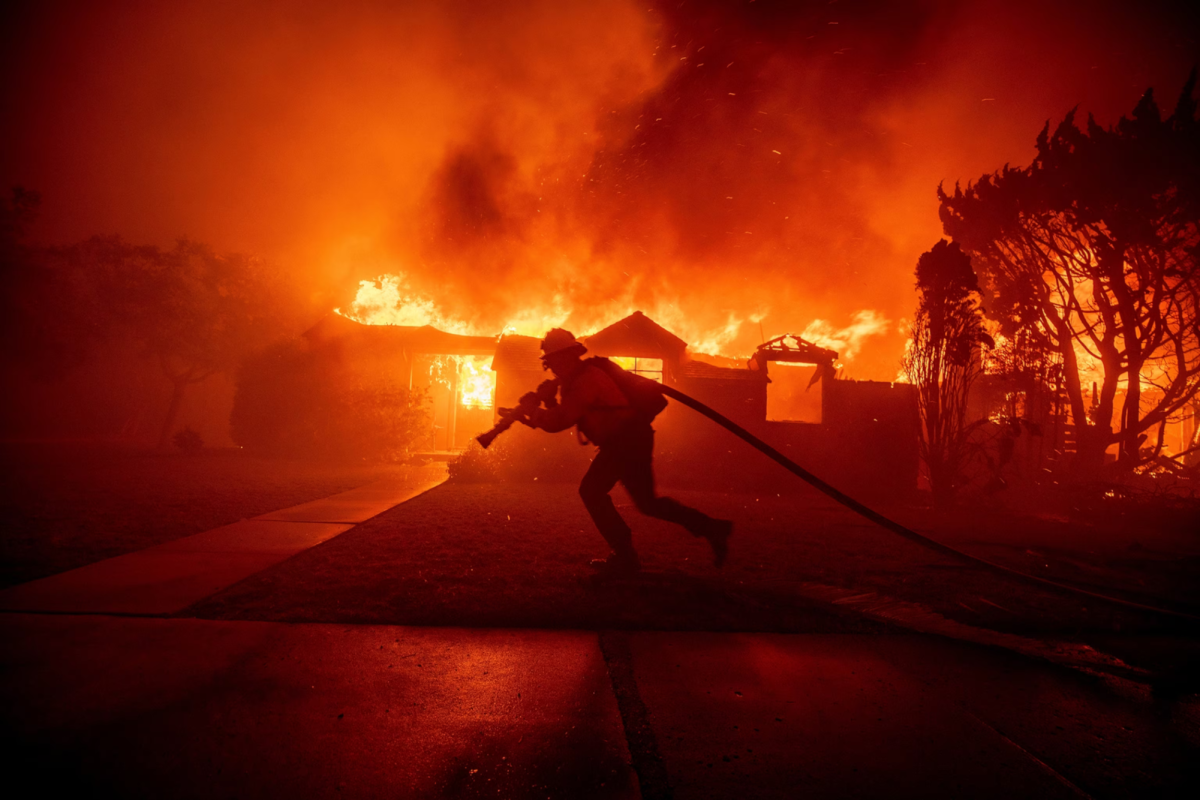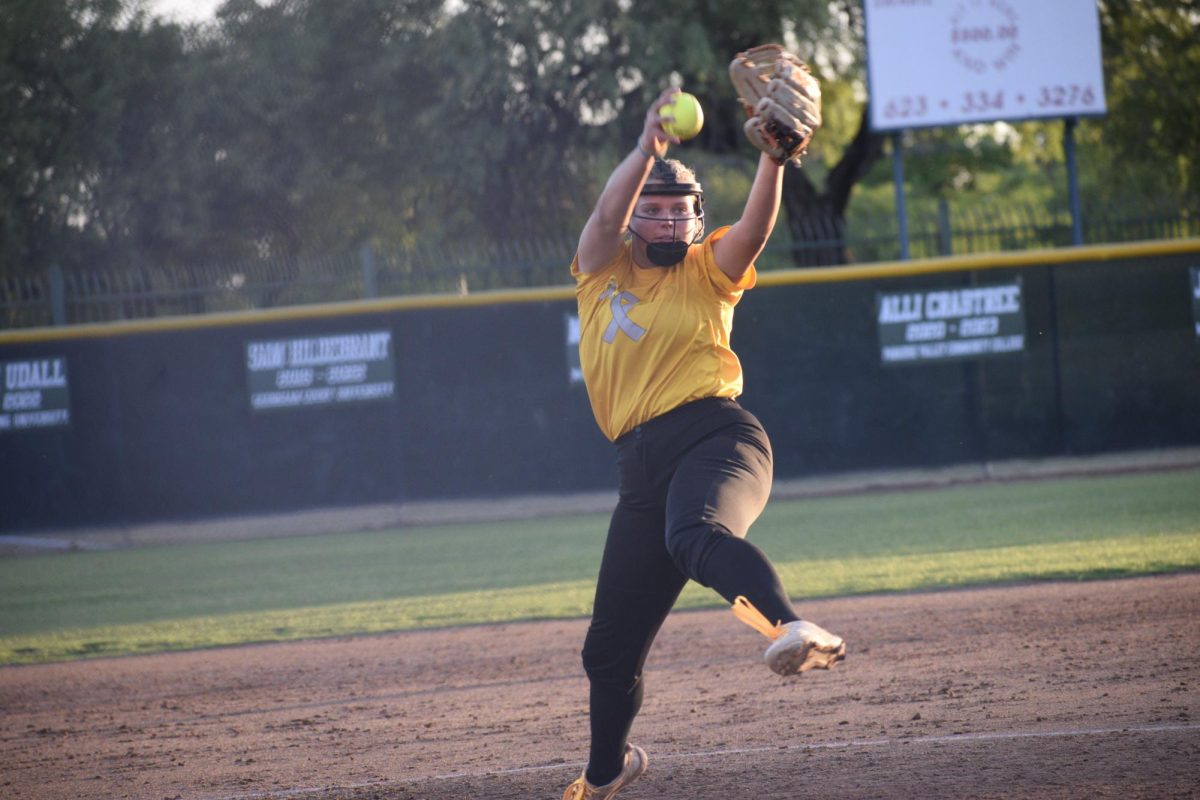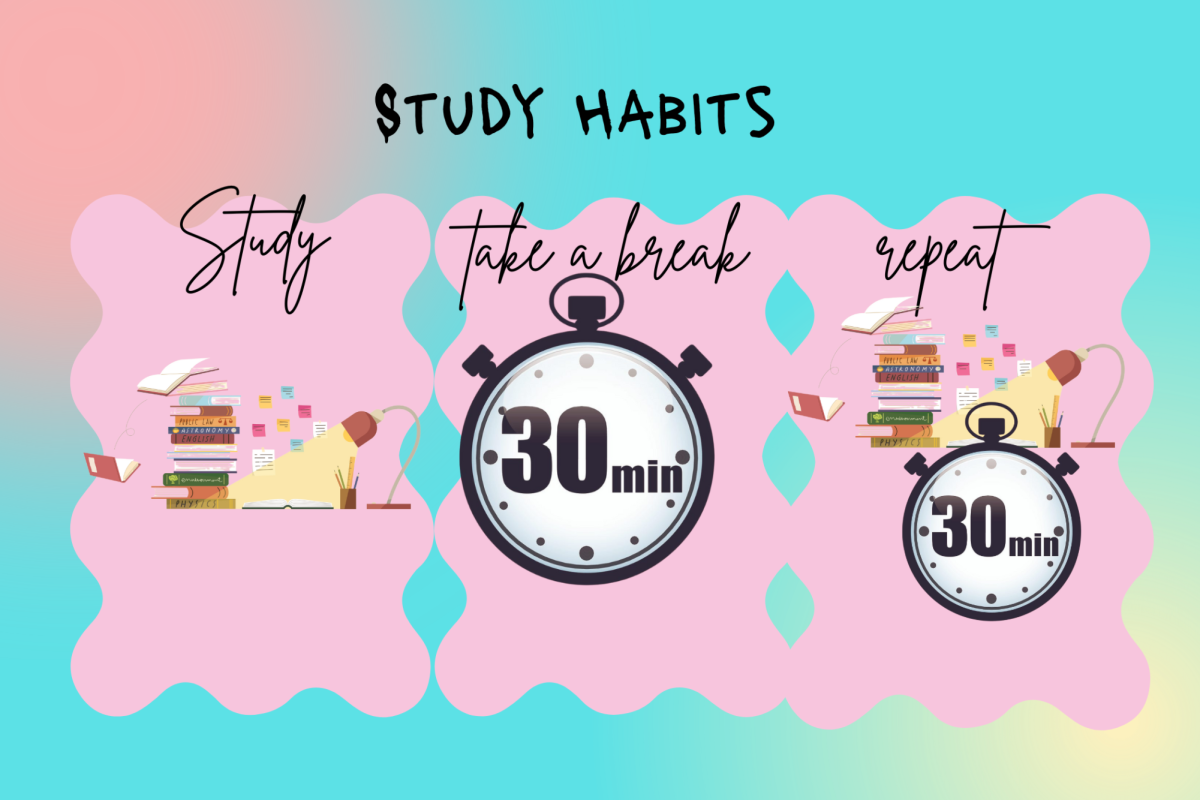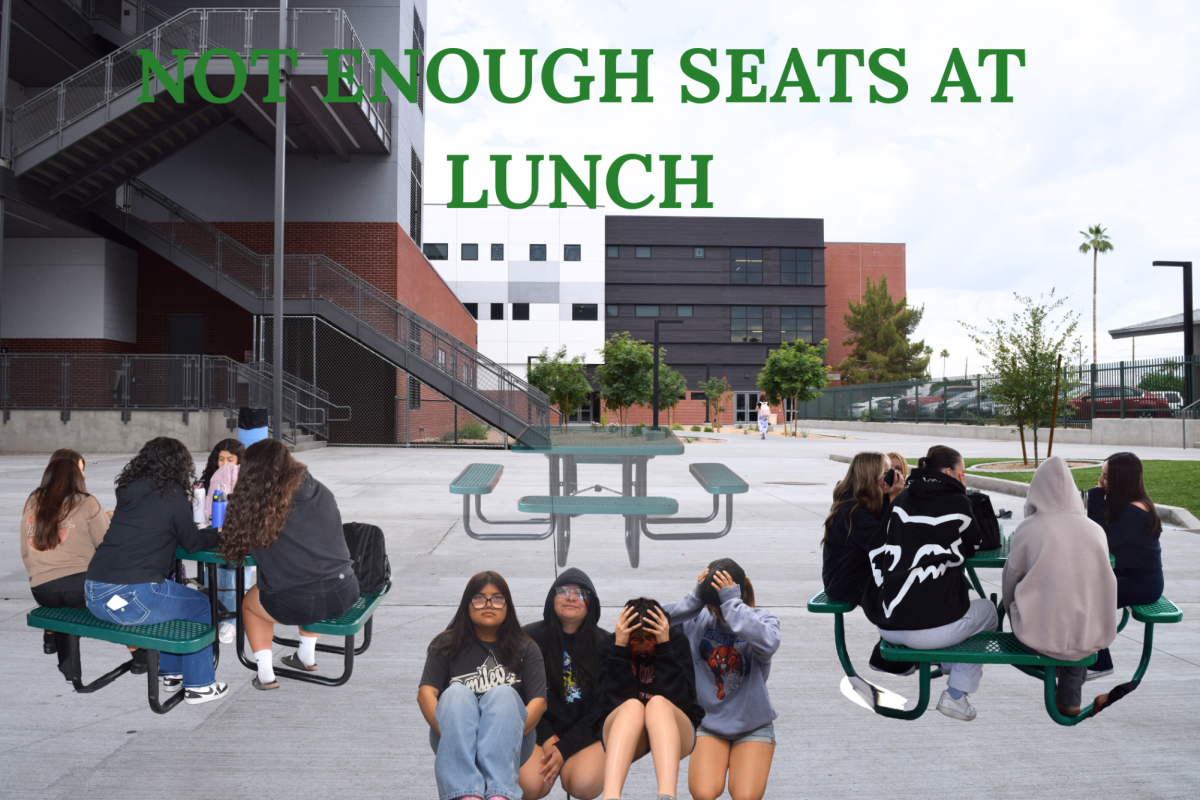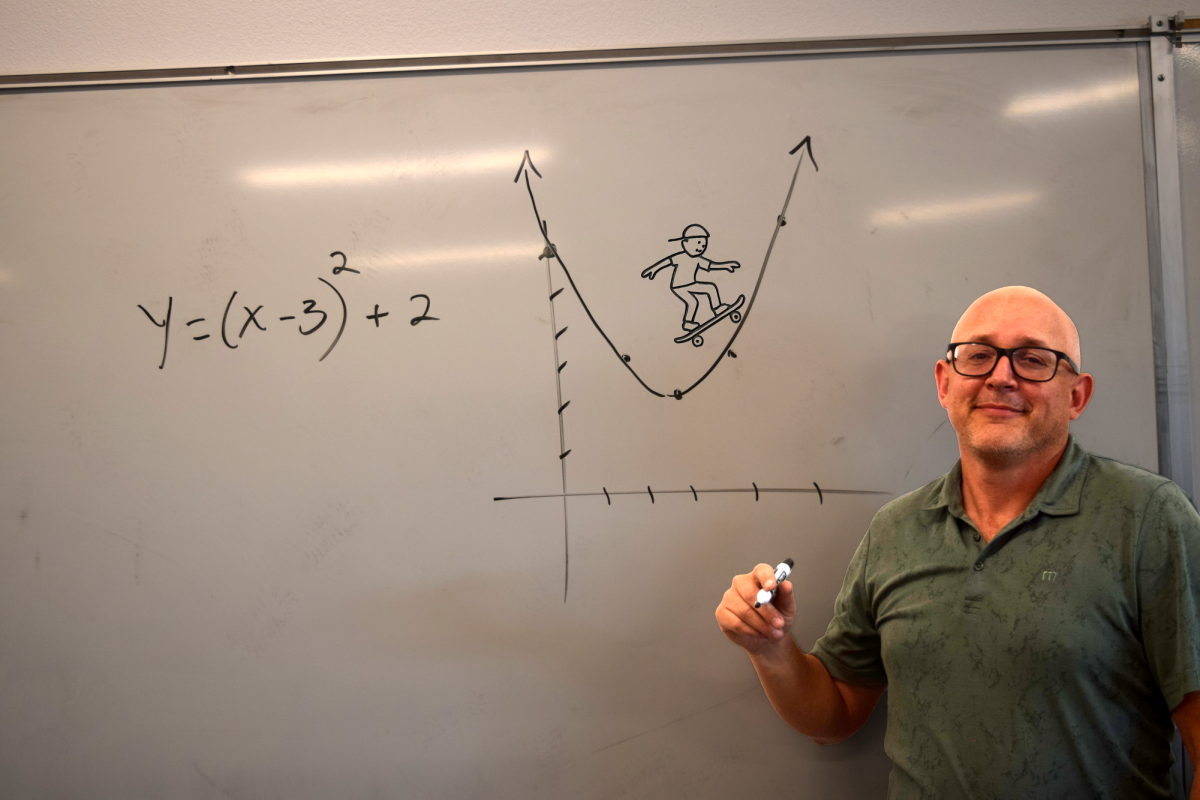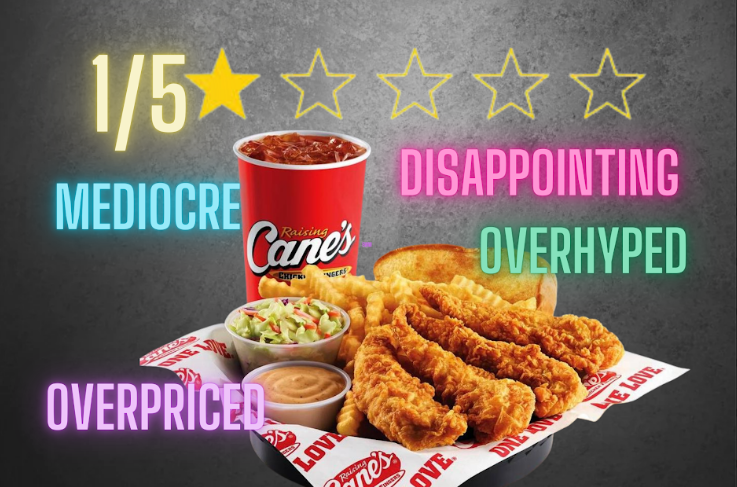The Melting Iceberg of Arizona’s Water Crisis
April 6, 2023
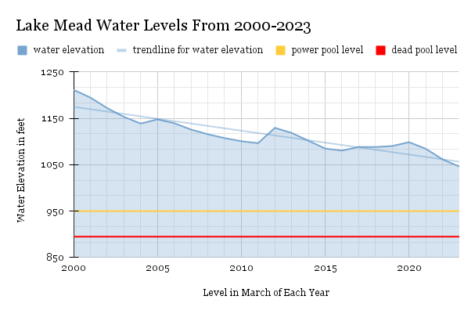
Living in Phoenix, Arizona, one comes to expect frequent jokes about the city’s hot and arid climate.
But many forget the real consequences of living in a desert, the most pressing of those being the recently intensified drought.
In response to this drought as well as rising inflation, the city of Phoenix is planning to raise water rates.
According to the Phoenix Water Services Department website, rates are proposed to increase 46% over a period of time, starting in October 2023 and ending in March 2025.
The plan also includes a $4 surcharge for those who exceed the water allowance, which would be decreased as well, to promote water conservation.
The problem of Arizona’s water supply has recently drawn public attention as the community of Rio Verde Foothills was cut off from their water supply in January.
The situation in Rio Verde Foothills highlights a bigger issue of the combination of a quickly growing population in a state with a very limited water supply.
According to the US Census Bureau website, Phoenix and Buckeye were among the top 15 cities with the largest population increase from 2020 to 2021, with Phoenix being #2.
Of course, along with more people, comes the need for more housing.
Since 1980, Arizonan homebuilders have been required to provide proof of a 100-year water supply- but loopholes in the law have allowed developers to build communities with unreliable water sources, like Rio Verde Foothills.
This is especially dangerous in a time where the state’s water supply is dwindling.
The southwest has been in a “megadrought” for 23 years; this has shrunk the Colorado River, which is the main source of water for Arizona.
Lake Mead and Lake Powell are two reservoirs for the state of Arizona that have dried up over time.
According to the Arizona Bureau of Reclamation’s March 2023 study, the lakes are only 28% and 23% full, respectively.
However, Arizona is not the only state that uses these water sources; the Colorado River is shared among California, Nevada, New Mexico, Utah, Colorado, and Wyoming.
Due to this and the worsening megadrought, the state is urging residents to conserve water.
With the current conditions, it’s important for Arizonans to remember that we live in a desert and use water only when necessary.












